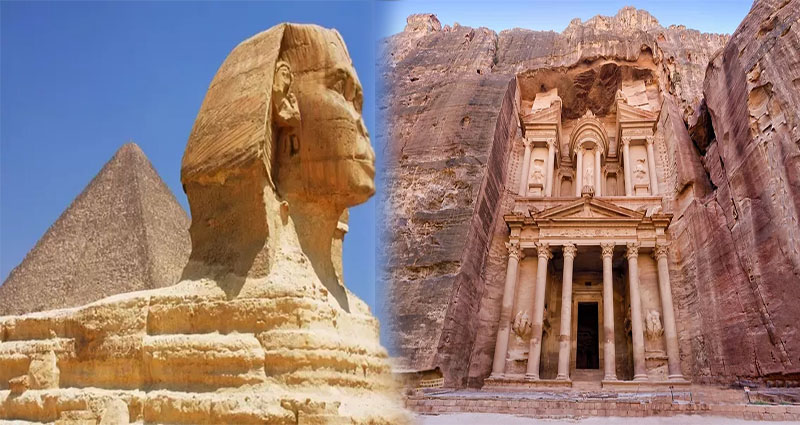Architectural Styles of Ancient Historical Monuments
The architectural wonders of ancient historical monuments stand as testaments to the innovative and visionary craftsmanship of civilizations that have long since passed. Each monument reflects the unique architectural styles and techniques of its era, serving as a window into the cultural, religious, and technological advancements of ancient societies. Here, we delve into the diverse architectural styles that define some of the world’s most iconic historical monuments.
Colosseum, Rome, Italy
The Colosseum embodies the grandeur and sophistication of Roman architecture, showcasing arches, columns, and a tiered seating structure that became defining features of the Roman Empire’s building style. This amphitheater’s innovative use of arches and concrete construction techniques set the standard for future architectural endeavors.
Parthenon, Athens, Greece
The Parthenon, a temple dedicated to the goddess Athena, epitomizes the classic Greek architectural style characterized by Doric columns, a pediment, and intricate friezes. The temple’s symmetrical design and use of optical … Continue reading >>>>










